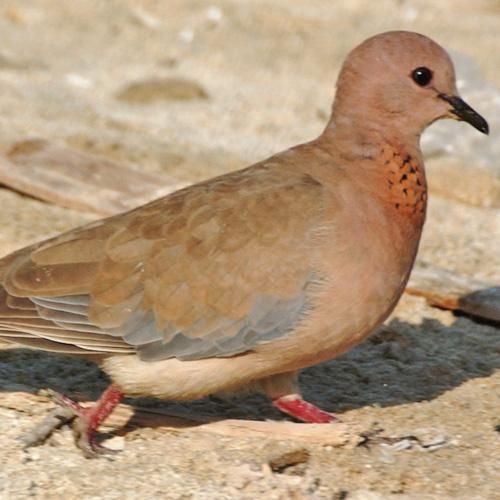The UAE has a few species of dove. One of these is the palm or the laughing dove.
It used to be and still is the most common bird not just in cities, suburbs and neighbourhoods, but also in Bedouin camps and where herds of camels, goats and sheep are kept.
It has a marvellous capacity to adapt to conditions created by human beings.
Another dove-like bird is the pigeon that dominates all man-made environments.
Barring pigeons, the palm dove can be said to be the city-dwelling champion.
A stretch of half a kilometre or so connects the Union House at Jumeirah with the Diyafa roundabout in Satwa. There are three lanes on either side of the road. A central road verge, dotted with date palm trees, divides the road. It's fenced on one side to prevent people from crossing the road. There are, however, two pedestrian crossings. The verge has a grass cover.
During weekdays, this road remains jammed with cars, especially during office hours. Most cars have to stop on this stretch either due to pedestrian crossings or traffic signals.
I often see palm doves on the grassy lawns, crossing the fence and walking on to the road where cars move bumper to bumper. This traffic congestion does not deter the doves from venturing under the cars and picking up tid-bits thrown by people.
I often wonder whether these doves are run over by cars. But I have not noticed any such deaths on the road. However, these doves are often hit when they land on the highways. Whatever it is, these doves definitely deserve credit for negotia-ting treacherous city roads.



